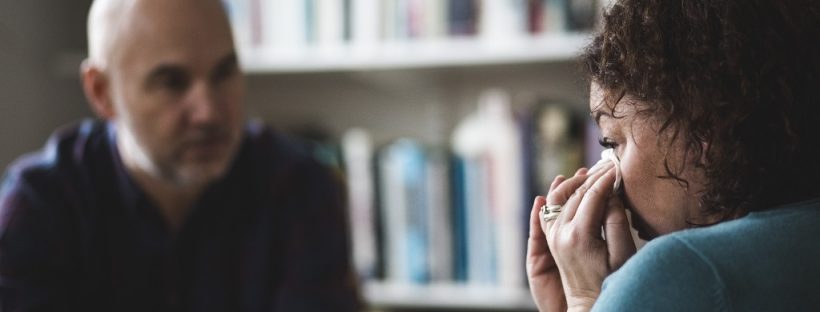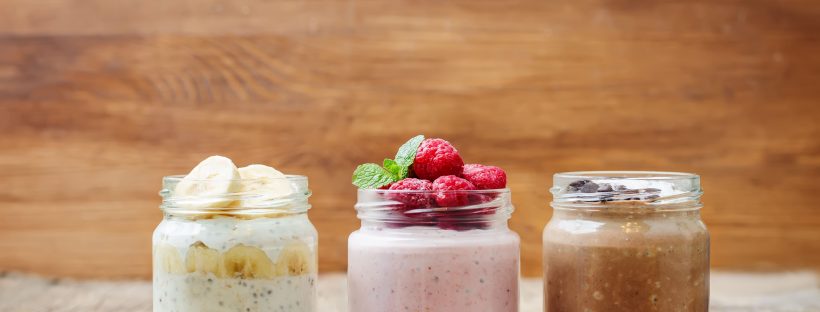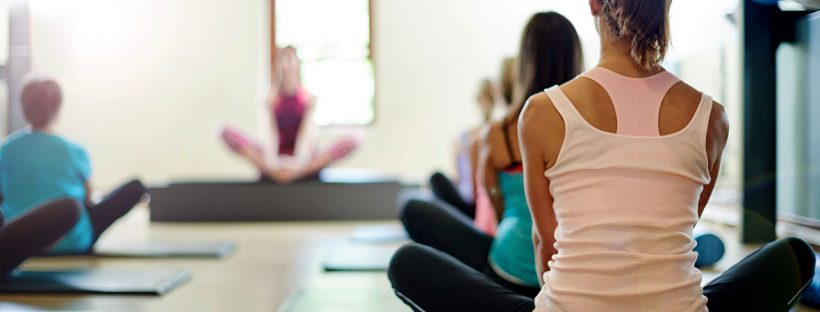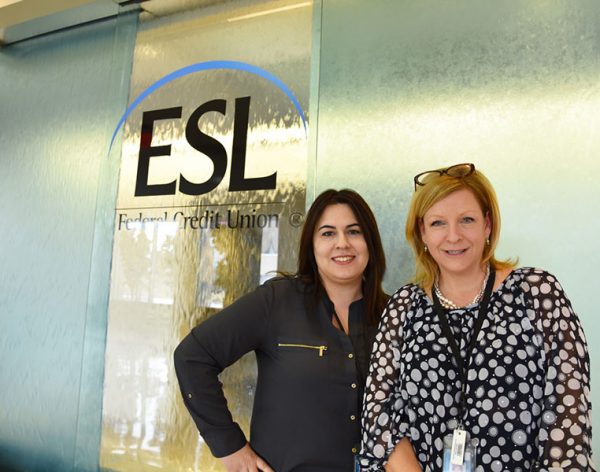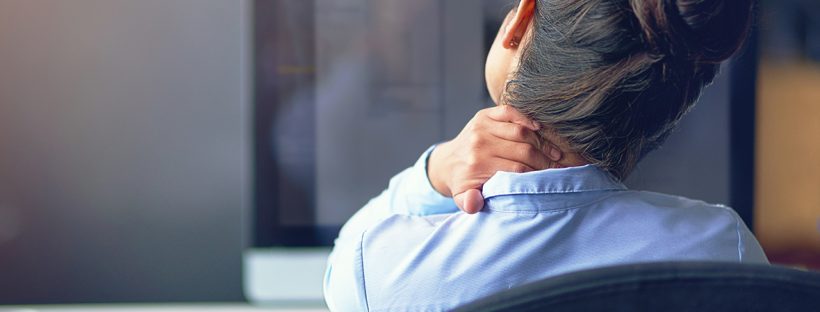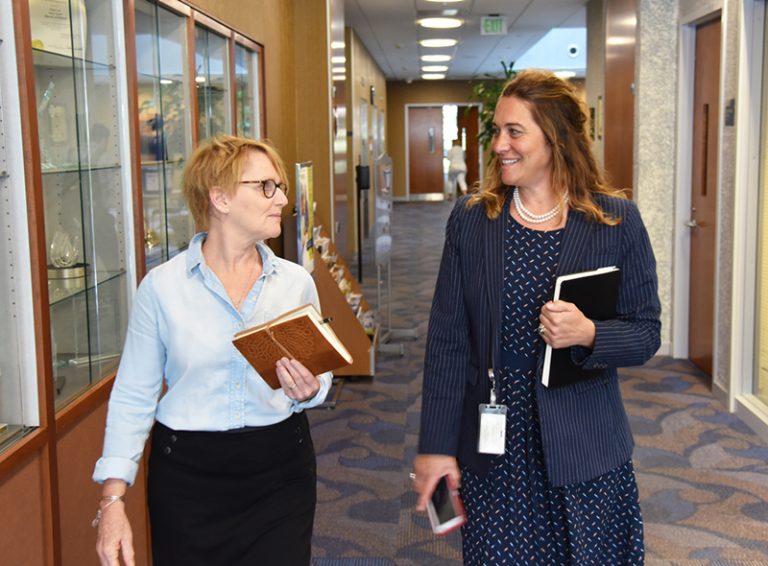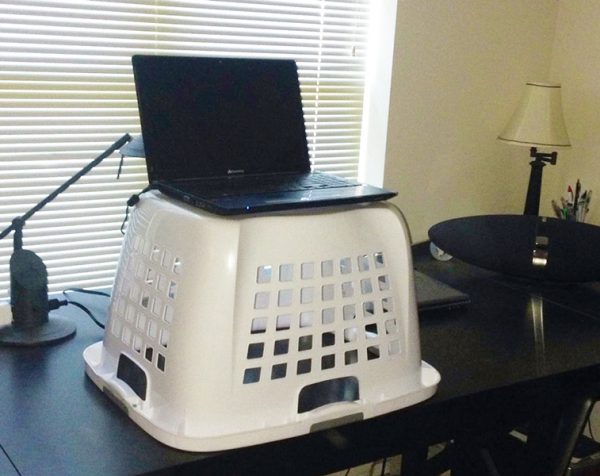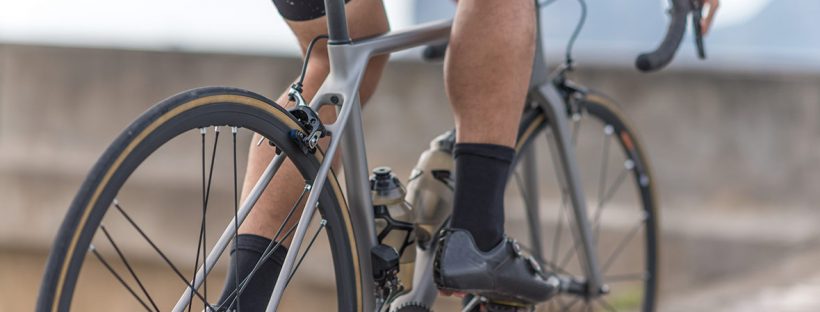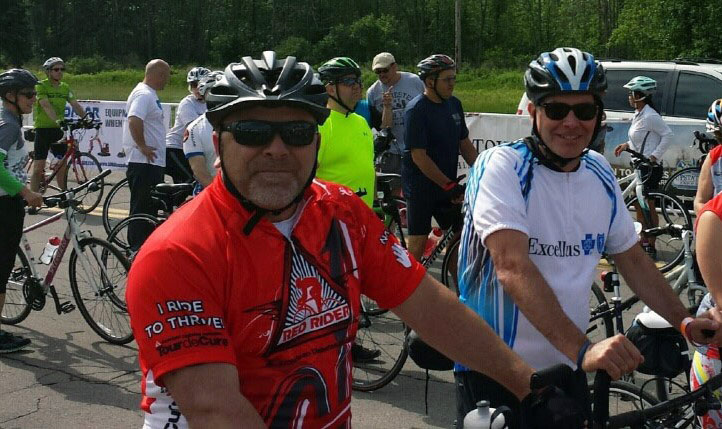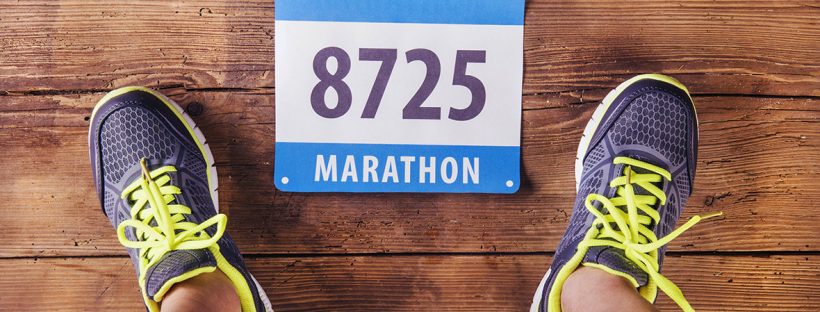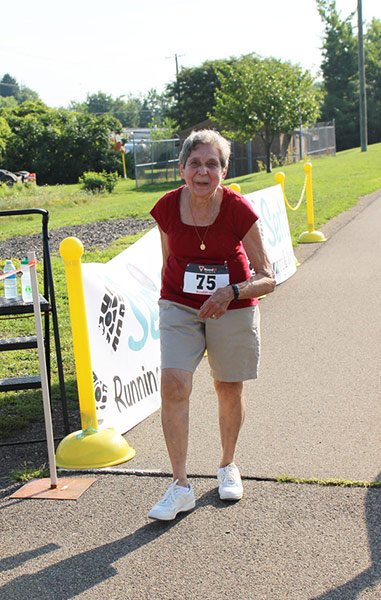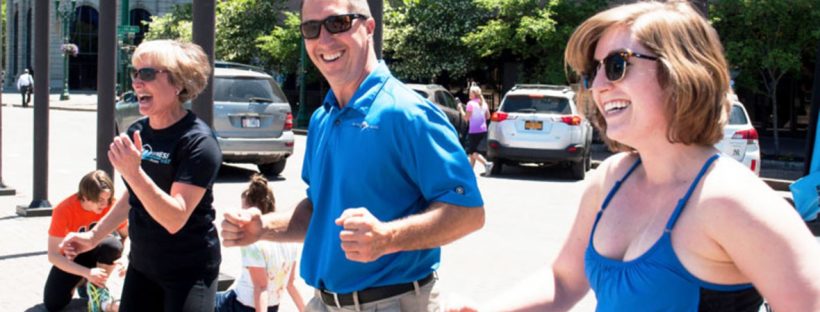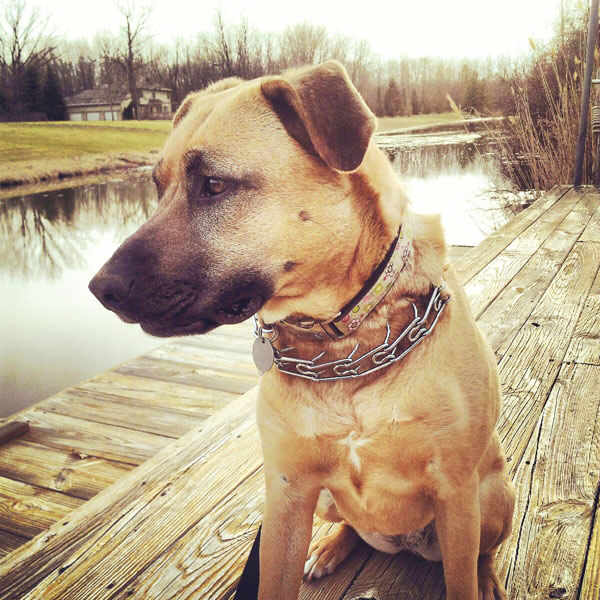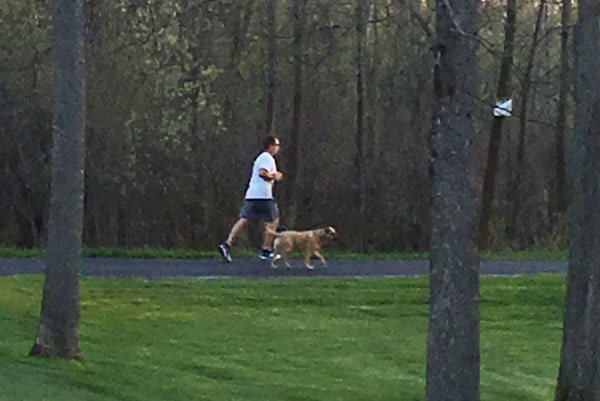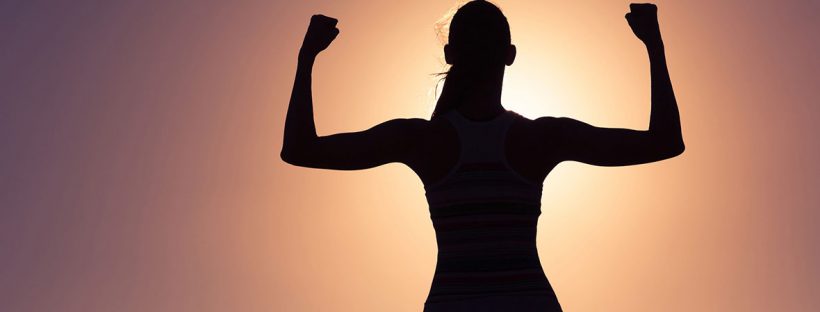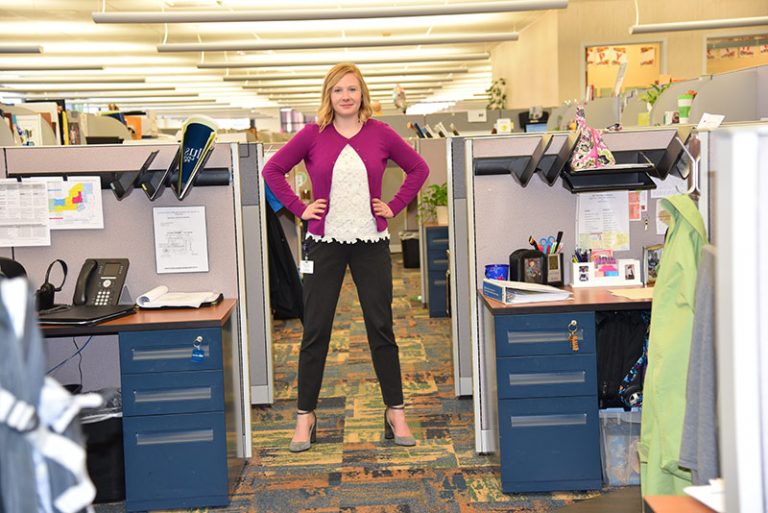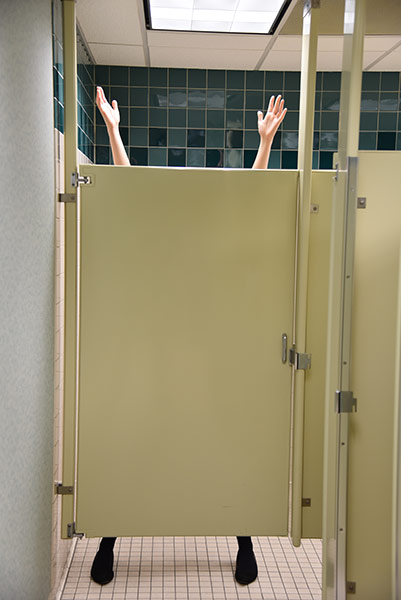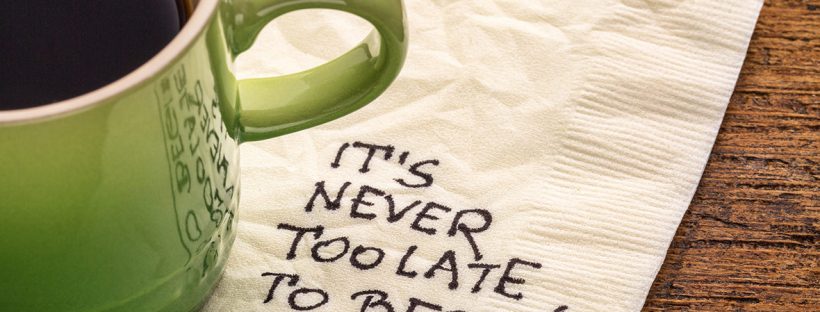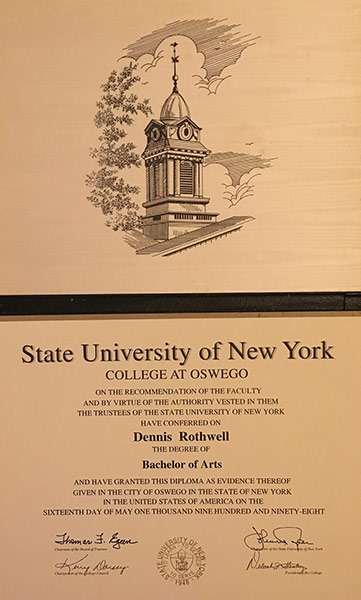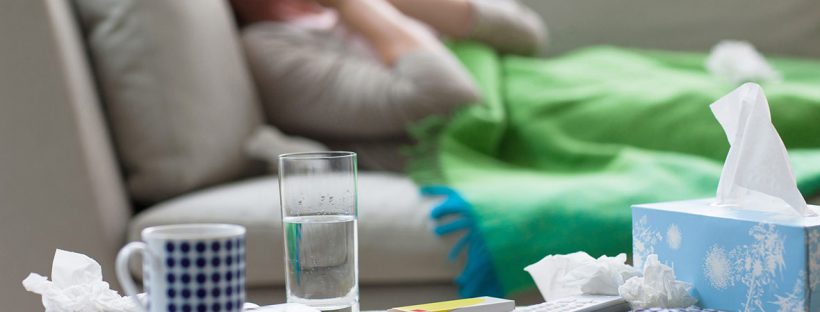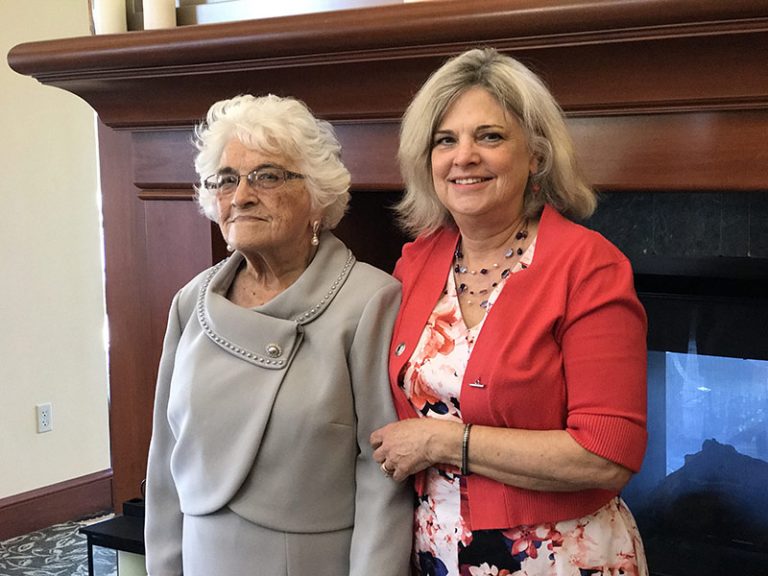EDITOR’S NOTE: With the stigma surrounding mental illness, many people are reluctant to seek treatment. After the birth of her son, Emily Glossner Johnson experienced wild mood swings. She sought help from different sources and at times denied her bipolar disorder. Today, thanks to the right medications, a great therapist, and a loving family, Emily has her symptoms under control. Here’s her story.
For a long time, Emily Glossner Johnson hid her bipolar disorder. For many years, she didn’t realize she had a mental illness and even after diagnosis, she sometimes refused to admit she has it. Today is different. She’s gone public about her condition—through her own blog, this one and public speaking engagements. She’s also written about it in published essays.
“I want to help remove the stigma that many people who have a mental illness face and clear up any misunderstandings about what it means to be bipolar,” she said.
“I’m very open about my bipolar diagnosis because I feel I put a ‘normal’ face to this illness,” she wrote in her March 30: World Bipolar Day blog.
“Those who know me…know that I’m not scary or dangerous. They may know that I struggle, but they also know that I work very hard to maintain balance. They know I want to be well, and that I’m not just ‘doing this for attention’…” she wrote.
Her diagnosis is not who Emily is, but it’s a big part of her. First, she’s a mother, a wife and a writer. With the support of her family, the counsel of her psychiatrist, and the right medications, Emily leads a balanced life today. Yet, there are many days, weeks and months that are “lost” to her because she can’t clearly remember what happened during some of her early manic episodes and times when she was severely depressed.
Although Emily believes she may have been bipolar as a teen and even as a child, the illness didn’t manifest itself completely until after the birth of her son in March 1995. The hormonal upheaval of pregnancy and childbirth may have triggered what her doctor initially diagnosed as post-partum depression.
Couldn’t Stop Crying
Emily recalls that she couldn’t stop crying. She was afraid of everything. Her doctor prescribed an antidepressant. It seemed to be working, she thought, as she unknowingly entered a manic stage. She felt elated and so driven to write her first novel that she stopped eating and sleeping.
“I was on fire,” she said, explaining that when you’re in a manic episode, you think everything you do is brilliant.
She’s quick to point out that she’s never allowed her illness to interfere with the care of her son. “He’s always been my first priority, my comfort, my joy.”
Her first husband, however, was anything but supportive. He wanted her to “snap out of it” and resume teaching. (She taught writing at Monroe Community College for 10 years.) He resented the cost of her care and medications when she started seeing a psychiatrist in September of that year. That’s when she received the diagnosis of bipolar disorder. For six years, with the help of her psychiatrist, she managed to keep on a fairly even keel, her moods stabilized. Then he retired.
Under the care of several psychiatrists from 2001 to 2003, Emily experienced several episodes of highly fluctuating moods. During that time frame, she had four mental health inpatient stays and two treatments in a partial hospital day program.
Stopped Medications
When Emily found the courage to divorce her first husband, she felt a kind of catharsis. Away from the abusive relationship, she began to wonder if her marriage had been the source of her mental problems. She stopped taking her medications.
“I thought it was just the stress of a bad marriage,” she said. A single mom, Emily began working full-time. “I can handle this,” she thought. Soon, however, the manic and depressive episodes were back.
“I was just not right,” she said. She couldn’t hold down a job. She realized she needed a new psychiatrist.
Using the “find a doctor” tool on the Excellus BlueCross BlueShield website, she was directed to Ann Griepp, M.D., a psychiatrist whose practice is in Rochester. “My first visit I told her I wasn’t bipolar,” Emily remembers. “She told me, ‘first, let me get to know you.’”
As Emily’s trust in Dr. Griepp grew, she found she did not mind the 90-minute commute from her home in the Syracuse area to her appointments, especially since she has family in Rochester she can visit. Griepp, who also is a medical director for Excellus BCBS, champions reducing the stigma of mental illness.
Mental illness can look like a lot of things, but at its core, it’s a condition that affects a person’s thinking, feeling or mood. As the National Mental Illness Alliance writes: “Such conditions may affect someone’s ability to relate to others and function each day. Each person will have different experiences, even people with the same diagnosis.”
More Common Than Cancer
One in five U.S. adults experiences a mental health condition over the course of a year, making mental illness more common than cancer and heart disease combined.
In an interview, Dr. Griepp noted that mental illness often results in decreased use of medical care, reduced adherence to treatment for chronic diseases and higher risk of adverse health outcomes as well as tobacco use and alcohol abuse.
The shame and stigma surrounding mental illness can cause affected people to deny symptoms, delay treatment and refrain from taking part in daily life, she continued.
“It’s nothing to be ashamed of. You wouldn’t feel bad about others knowing you have diabetes or asthma. Yet, with mental illness, people feel they have to hide their diagnosis. They’re often afraid of what others will think about them.”
Even if you haven’t been treated personally for a mental illness or addiction, you may have a family member or friend who has, Griepp noted.
“Or, you may have been personally affected by someone who has died as a result of suicide or drug overdose,” said Griepp, who has spearheaded the “Me Too” campaign at Excellus BCBS the last three years to help enlighten employees about mental illness. By reframing how we think about mental illness, we can bridge the empathy gap and encourage loved ones to get help, said Griepp.
“We do that by seeing the person and not the illness and by offering him or her support by saying, ‘We’ll get through this together,’ or ‘I’m here for you.’”
Ready to Accept Diagnosis
A few months after seeing Griepp and undergoing a change in her medications, Emily was fully ready to accept her bipolar diagnosis. The admission was an important step, but one that often comes with obstacles.
“There’s a fear to thinking you’re crazy and might go out of control,” she said, “Then, there’s the stigma of being labeled by your mental illness.” Yet, acknowledging her diagnosis has been freeing.
“Now, I live one day at a time,” Emily said, adding that she does better when she sticks to a routine; she takes her meds at the same time, gets up and goes to bed at the same time, and eats at the same time. She regularly exercises by walking, running or swimming and does not smoke, drink alcohol or use illicit drugs.
When she feels an episode coming on, she focuses on the moment, asking herself what she needs to do next, going from one task, such as folding laundry, to the next.
Her current husband is caring and supportive, she said. “He accepts my bipolar diagnosis as being part of me. He’s a great caretaker.”
He’s also been a good stepfather to her son, who’s always been Emily’s primary focus. She’s learning to let go as her only child makes his way into adulthood. The proud mother describes her son as “a remarkable kid, extremely intelligent, artistic, sensitive and caring.”
Having to deal with his mother’s illness has made him more empathetic to others, she believes.
Writes What She Knows
Emily, who writes “for love, not money,” belongs to a writers’ group and discusses her disorder openly.
She’s published 18 short stories and three essays, written two as yet unpublished books and is working on a third book. Her own experiences have provided fodder for her fiction; mental illness is something she understands intimately.
“After all, I know what it’s like to be in therapy.” Her essay “Pity Party,” about the official onset of her bipolar disorder, can be read in Amygdala Literary Magazine.
Although life is tough enough without adding a bipolar diagnosis to it, Emily does not feel sorry for herself. In fact, the diagnosis answered a lot of questions and helped her find new resources within herself. “I gained a lot,” she said. “Strength, determination and a fighting spirit.”


